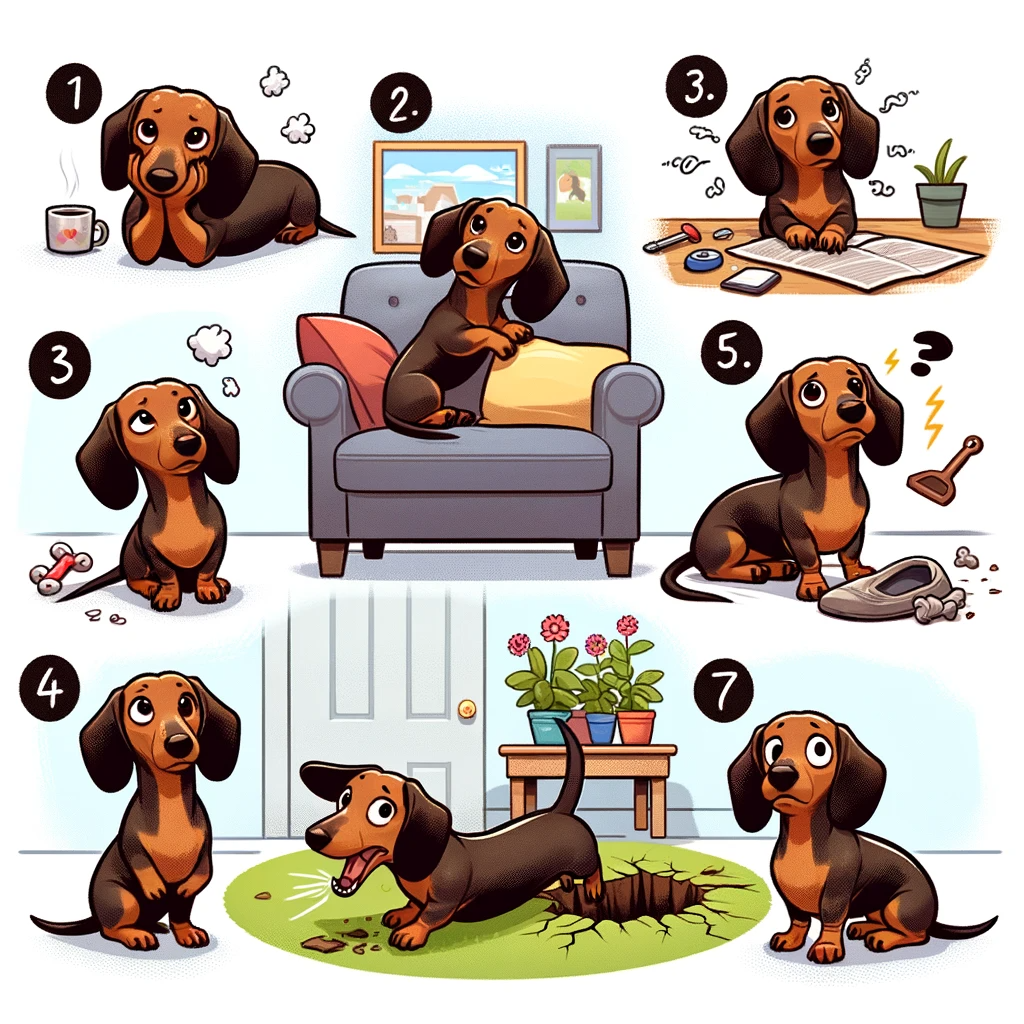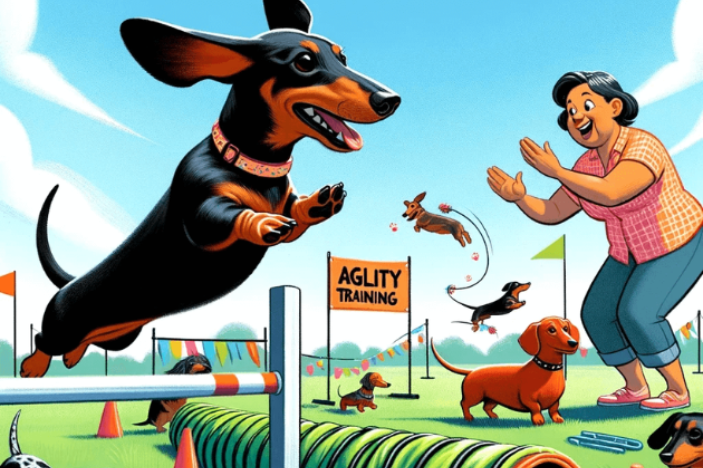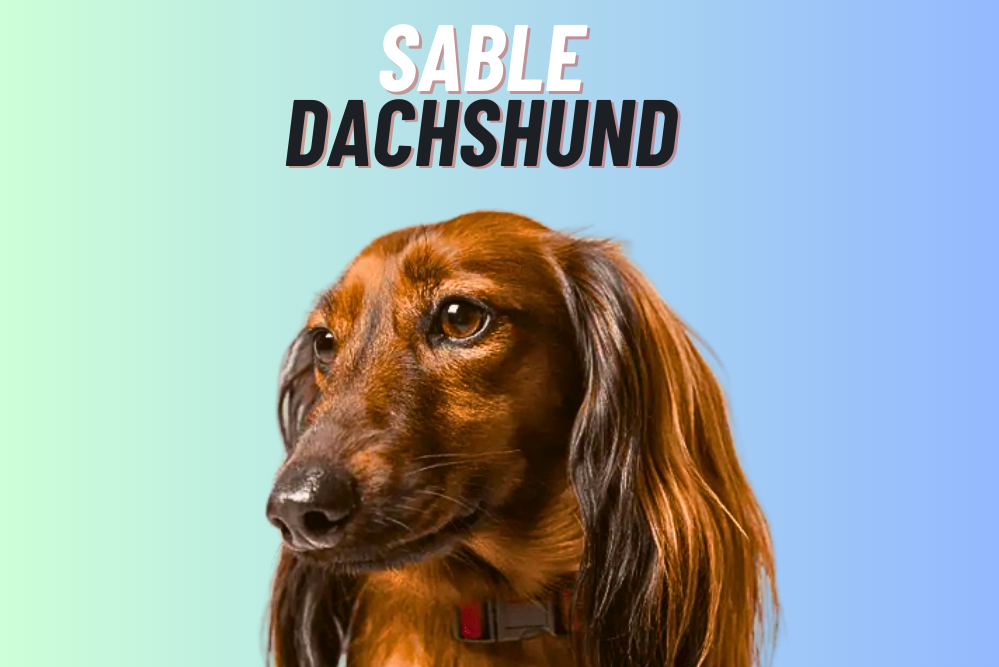Intervertebral Disc Disease
do you know what is IVDD? IVDD means Intervertebral Disc Disease. IVDD is a condition that can affect your dog’s spine. This is a type of spinal cord compression and can lead to paralysis.
IVDD is most commonly seen in dachshunds, but it can affect other breeds of dogs as well. IVDD occurs when the vertebrae in your dog’s spine begin to compress each other.
This can be the result of several factors, including age, injury, or genetics. The condition is usually progressive and will worsen over time.
If left untreated, IVDD can lead to paralysis. There is no cure for IVDD, but treatment options include surgery and physical therapy.
If you notice any signs or symptoms of IVDD in your dog, please contact your veterinarian immediately. Early diagnosis and treatment are critical to ensuring your dog’s long-term health and well-being.
How to protect your dog from Ivdd disease?
To protect your dog from IVDD (Intervertebral Disc Disease), it is important to take several precautions, including:
- Keep your dog at a healthy weight to reduce stress on the spine.
- Avoid activities that put too much stress on the spine, such as jumping or playing rough.
- Use a supportive bed or crate pad with adequate cushioning and support.
- Consider regular exercise that promotes flexibility.
- Schedule regular vet visits to monitor your dog’s spinal health and catch any potential problems early.
In addition, it is important to recognize the symptoms of IVDD, such as increased pain, difficulty walking or standing, and changes in bladder or bowel control.
If you suspect your dog may have IVDD, seek immediate veterinary attention. By being proactive and taking these steps, you can help prevent IVDD in your furry friend and ensure their health and well-being for years to come.
What are the symptoms of IVDD in a dachshund?
IVDD (Intervertebral Disc Disease) is a common spinal condition in dachshunds, caused by the degeneration of the discs that support the spine.
Some of the symptoms of IVDD in a dachshund can include:
- Pain and sensitivity to touch around the torso and back
- Stiffness of the neck, back, and legs
- Difficulty walking, jumping, or climbing stairs
- Loss of appetite and lethargy
- Incontinence
If you notice any of these symptoms in your dachshund, it is important to seek medical attention from a veterinarian as soon as possible.
IVDD can be a serious condition, and early diagnosis and treatment are critical to maximizing the chances of a successful recovery.
IVDD HandBook
The IVDD Handbook is a comprehensive guide to helping dogs with back and neck problems, specifically Intervertebral Disc Disease (IVDD).
This condition can cause pain, loss of mobility, and even paralysis in dogs, making it important to understand how to manage and treat it effectively.
The handbook covers a range of topics, including the causes and symptoms of IVDD, different treatment options, and tips for managing a dog with the condition at home.
It also includes helpful illustrations and diagrams to help owners better understand their dog’s anatomy and the impact of IVDD on their spine.
Whether you are dealing with an IVDD diagnosis in your own dog or simply want to learn more about this condition, the IVDD Handbook is a valuable resource for any dog owner.
Dachshund Back Surgery Cost
Dachshunds, also known as wiener dogs, are prone to developing intervertebral disc disease (IVDD) due to their long backs and short legs.
This can cause herniated discs which can be painful and even result in paralysis. In severe cases, back surgery may be necessary.
The cost of Dachshund back surgery can vary depending on several factors, including the severity of the condition, the type of surgery needed, and the location of the veterinary clinic.
On average, pet owners can expect to pay between $3,000 and $7,000 for back surgery for their Dachshund. However, some clinics may charge up to $10,000 for the procedure.
There are two main types of back surgery that may be recommended for a Dachshund with IVDD: hemilaminectomy and ventral slot.
Hemilaminectomy
A hemilaminectomy is a type of back surgery that involves removing a portion of the vertebral bone to access the herniated disc.
This procedure is typically recommended for dogs with a herniated disc that is compressing the spinal cord. The cost of a hemilaminectomy can range from $3,000 to $5,000.
Ventral slot
The ventral slot is another type of back surgery that involves creating a window in the underside of the vertebrae to access the herniated disc.
This procedure may be recommended for dogs with a herniated disc that is more difficult to access with a hemilaminectomy. The cost of a ventral slot surgery can range from $5,000 to $7,000.
In addition to the cost of the surgery itself, there may be additional expenses for pre-surgical diagnostics, post-operative care, and rehabilitation. Pet owners should discuss all potential costs with their veterinarian prior to the surgery.
Overall, while the cost of Dachshund back surgery can be expensive, it may be necessary to improve the dog’s quality of life and prevent further complications.
Pet owners should work closely with their veterinarian to determine the best course of treatment for their Dachshund and to develop a plan for managing the cost of the surgery
How to use a wheelchair if your dachshund has Ivdd problem?
If your dachshund has IVDD (Intervertebral Disc Disease), using a wheelchair can be a great option to help them move around comfortably and avoid further injury. Here are some steps to follow when using a wheelchair for your dog:
- Choose the right wheelchair: There are different types of wheelchairs available for dogs, so it’s important to choose the right one based on your dachshund’s size and needs. Look for a wheelchair that is lightweight and sturdy, with adjustable straps to keep your dog secure and comfortable.
- Introduce the wheelchair slowly: It’s important to introduce your dachshund to the wheelchair slowly and patiently. Start by placing them in the wheelchair while it is stationary and give them treats or praise. Gradually move the wheelchair and let them walk a few steps while being supported by the wheelchair.
- Adjust the wheelchair: Once your dachshund is comfortable in the wheelchair, adjust it to their size and needs. You may need to adjust the height, length, and width of the wheelchair to ensure a proper fit.
- Supervise your dachshund: Always supervise your dachshund when they are using the wheelchair, especially in the beginning. Keep an eye on them to ensure they are comfortable and not experiencing any discomfort or pain.
- Practice regularly: Practice regularly with your dachshund in the wheelchair. This will help them get used to the wheelchair and improve their mobility. Gradually increase the amount of time your dachshund spends in the wheelchair each day.
Using a wheelchair can be a great option for dogs with IVDD, as it can help them move around comfortably and avoid further injury.
However, it’s important to introduce the wheelchair slowly and make sure your dachshund is comfortable and secure in it. With patience and practice, your dachshund can enjoy improved mobility and a better quality of life.
Is a wheelchair good when a dachshund has Ivdd problems?
A wheelchair can be a good option for a dachshund with Ivdd (Intervertebral Disc Disease) problems, as it can help support their mobility and relieve pressure on their spine.
Ivdd is a condition in which the discs between the vertebrae in a dog’s spine degenerate, causing them pain and difficulty moving. In severe cases, dogs may lose the ability to walk or become paralyzed.
A wheelchair, also known as a dog cart, can help alleviate these symptoms by providing support and stability to the dog’s hind legs, allowing them to move around more comfortably.
It can also help prevent further injury to the spine by reducing the impact on the back when they move.
If you have a dachshund with Ivdd, it’s important to work closely with your veterinarian to determine the best treatment plan for your pet.
In some cases, surgery or other medical treatments may be necessary, in addition to mobility aids like a wheelchair.
Your veterinarian can also help you find the right size and type of wheelchair for your dachshund, and provide guidance on how to use it safely and effectively
Conclusion
In conclusion, Intervertebral Disc Disease (Ivdd) is a common and often painful condition that affects many dogs, particularly small breeds like dachshunds.
It is caused by degeneration of the discs between the vertebrae in a dog’s spine, which can result in pain, weakness, and loss of mobility.
Ivdd can be a serious condition that requires prompt veterinary attention, as it can lead to paralysis in severe cases.
There are several treatment options for Ivdd, including medication, surgery, and the use of mobility aids like wheelchairs.
The appropriate treatment will depend on the severity of the condition and the individual needs of the dog. With proper care and management, however, many dogs with Ivdd can continue to lead happy and active lives.
It is important for dog owners to work closely with their veterinarians to ensure that their pets receive the best possible care and support





